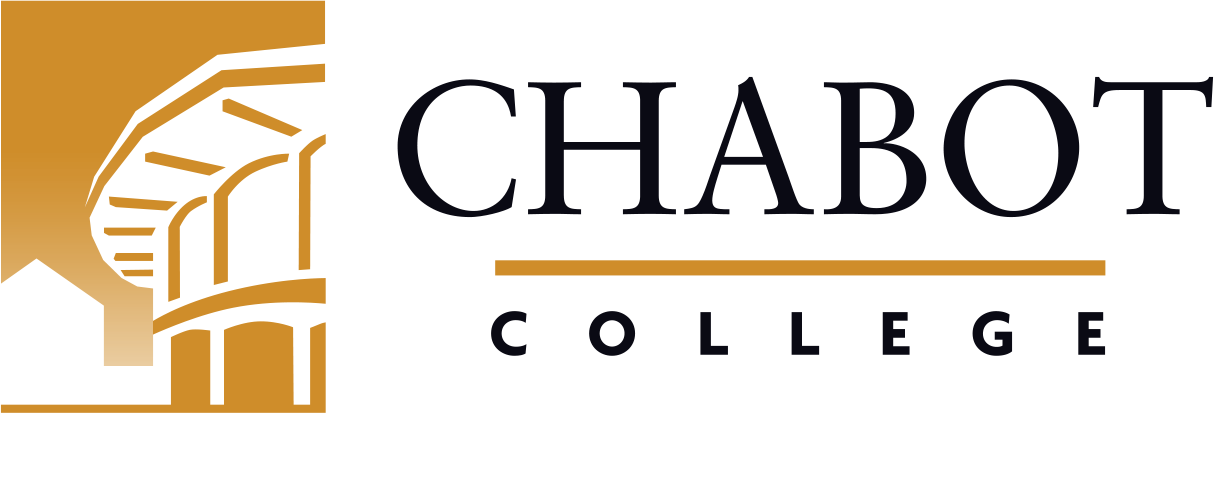
Course Outline for Dental Hygiene 56B
Community Dental Health II
Effective: Fall 2024
SLO Rev:
SLO Rev:
Catalog Description:
DHYG 56B - Community Dental Health II
1.00 Units
Continuation of Dental Hygiene 56A. Emphasis is on the role of the dental hygienist in health promotion and health communication. Focus is on the implementation and evaluation of a community health project, epidemiology, research and social responsibility. Benefits and public concerns related to community water fluoridation.
Prerequisite: DHYG 56A.
1240.20 - Dental Hygienist*
Letter Grade Only
| Type | Units | Inside of Class Hours | Outside of Class Hours | Total Student Learning Hours |
|---|---|---|---|---|
| Lecture | 1.00 | 18.00 | 36.00 | 54.00 |
| Total | 1.00 | 18.00 | 36.00 | 54.00 |
Measurable Objectives:
Upon completion of this course, the student should be able to:
- apply health promotion theories for educating the community;
- design a lesson plan for the community oral health project using principles of learning and teaching;
- implement a community oral health care and oral health promotion project;
- define the major oral health problems and the extent to which they affect the population;
- list the various preventive measures that can be used in the community to reduce and/or control major oral health problems;
- articulate the arguments for and against community water fluoridation;
- identify the public agencies at the federal, state and local levels who distribute funds for dental care and the categories of recipients;
- describe the process of applied research in relation to your community oral health project;
- differentiate between descriptive and inferential statistics and delineate under what conditions these tests would be used;
- utilize statistical analysis for your community oral health project;
- explain the role of the RDH activities related to the prevention and control of dental diseases and the promotion of health;
- design a community dental health education table clinic. Poster board presentation or lecture based on the community oral health project;
- describe the context and history of the events that led to the passage of AB1174, and the legislation that allows the new duties including provision of dental hygiene services within a Tele-dentistry setting, and placement of an Interim Therapeutic Restoration (ITR);
- explain why the new duties, placement of ITRs and provision of dental hygiene services within a Tele-dentistry setting, will be able to significantly improve the oral health of the U.S. population.
Course Content:
- Health promotion
- Healthy People 2030
- Sociology of teaching dental health
- Dental health care delivery systems
- Tele-dentistry
- Water fluoridation
- Funding dental health care
- Identify agencies: local, county, state and federal related to funding public health programs
- Discuss different types of dental insurance plans
- Careers in dental hygiene
- List and describe careers in dental hygiene within different categories including: Research, Public Health, Administrative, Education, Corporate Sales, etc.
- Field experience
- Implement a planned community health program
- Methods of evaluating a dental health program
- Provide summative and formative evaluations of a community health program
- Impact of ITR placement on U.S. oral health
Methods of Instruction:
- Group PowerPoint presentations
- Guest speaker
- Lecture/Discussion
- Laboratory
- Textbook reading assignments
- Class and group discussions
- Group Presentations
- Field Experience
- Group Activities
- Written assignments
- Planning and implementation of Community Health Program
Assignments and Methods of Evaluating Student Progress:
- Plan a Community Health Project to include: 1. Completion of community health project planning assignments 2. Implementation of Community Health Project 3. Complete summative and formative evaluations of the project 4. Present a group PPT for planning, implementation and evaluation of community projects
- Participate in and evaluate community outreach projects.
- Prepare and participate in a debate related to pros/cons of community water fluoridation.
- Complete written assignments related to community oral health topics and community project planning/implementation.
- Plan and implement a children's screening/fluoride application event with the Chabot College Pre-school program.
- Final project/PPT Presentation
- Written assignments
- Class Participation
- Group Projects
- Attendance
- Midterm Examination
- Final Examination
Upon the completion of this course, the student should be able to:
- Apply health promotion and disease prevention theories in the planning, implementation, evaluation and presentation of results of a community dental health project
- Communicate risks and benefits of community water fluoridation
- Discuss history, theory, legislation and scope of practice related to the placement of ITRs
- Discuss the national impact Teledentistry and ITR placement has on oral health
Textbooks (Typical):
- Beatty, C. F. (2022). Community Oral Health Practices for the Dental Hygienist (5th). Evolve.
- Patten, M., L. (2023). Understanding Research Methods: An overview of the Essentials (10th). Rutledge.
Abbreviated Class Schedule Description:
Continuation of Dental Hygiene 56A.
Prerequisite: DHYG 56A.
Discipline:
Dental Technology